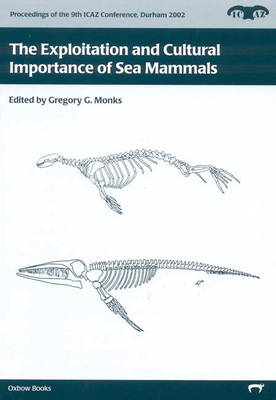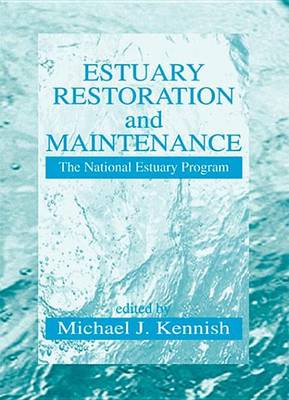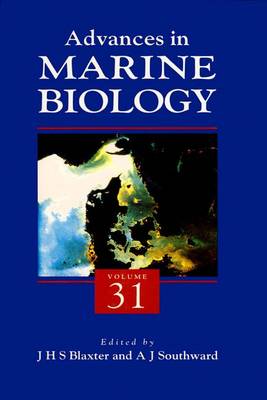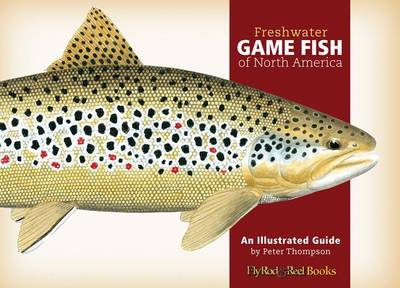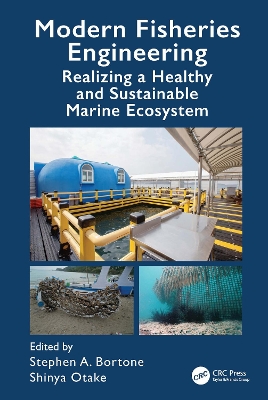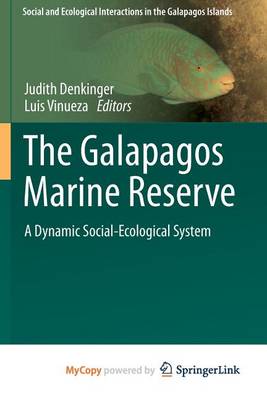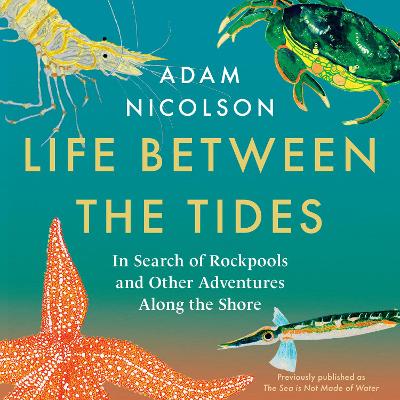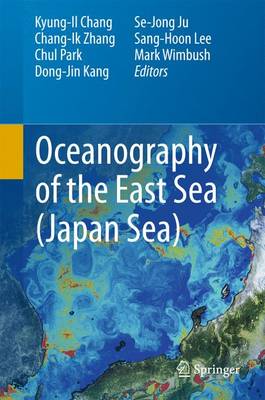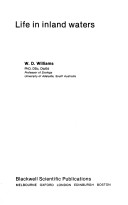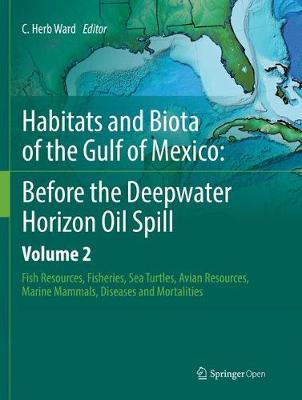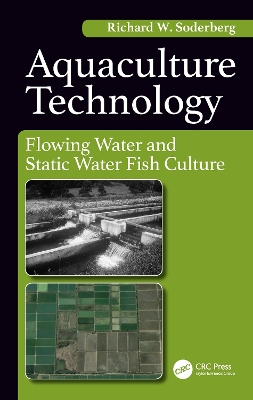Freshwater Pollution and Aquatic Ecosystems
This new volume addresses the environmental impacts of pollution on freshwater aquatic ecosystems and presents sustainable management and remediation practices and advanced technology help to address the different types of pollutants. Freshwater Pollution and Aquatic Ecosystems: Environmental Impact and Sustainable Management considers the need for sustainable, efficient, and cost-effective tools and technologies to assess, monitor, and properly manage the increasing issues of aquatic pollution...
The Exploitation and Cultural Importance of Sea Mammals (Proceedings of the 9th ICAZ Conference, v. 7)
Humans are known to exploit plant and animal resources for a variety of purposes. Subsistence is the most obvious of these, but there are also social and technological reasons behind such activities, not to mention ideological and spiritual motives for exploitation. In order to maximise exploitation of resources, human often exploit ecotones, where several ecological zones exist in close proximity. The seashore is such an ecotone, and sea mammals are just one of many groups of resources who are...
Ices Zooplankton Methodology Manual
by Roger Harris, Hein-Rune Skjoldal, Jurgen Lenz, and Peter Wiebe
The term "zooplankton" describes the community of floating, often microscopic, animals that inhabit aquatic environments. Being near the base of the food chain, they serve as food for larger animals, such as fish. The ICES (International Council for the Exploration of the Sea) Zooplankton Methodology Manual provides comprehensive coverage of modern techniques in zooplankton ecology written by a group of international experts. Chapters include sampling, acoustic and optical methods, estimation o...
If You Don't Like Barramundi Fishing Then You Probably Won't Like Me And I'm Okay With That
by Fishing Novelty Books
The British Carboniferous Non-Marine Lamellibranchia, Set, Pts. I-IX
by A E Trueman and J Weir
This timely volume examines the work of the National Estuary Program, the prominent federally-funded initiative dealing with pollution and other anthropogenic impacts on estuarine ecosystems and the management plans necessary to ensure that these invaluable natural treasures remain healthy and productive for future generations.Estuary Resto
Advances in Marine Biology (Advances in Marine Biology)
by John H Blaxter
Advances in Marine Biology contains up-to-date reviews of all areas of marine science, including fisheries science and macro/micro fauna. Each volume contains peer-reviewed papers detailing the ecology of marine regions.
Modern Fisheries Engineering
Modern Fisheries Engineering: Realizing a Healthy and Sustainable Marine Ecosystem is a compendium of the latest and most cutting-edge information on the diversity of technical aspects associated with Fisheries Engineering. Expanding on presentations given at the International Conference on Fisheries Engineering (ICFE) held in Nagasaki in 2019, it aims to encourage and inspire future generations of young researchers in the field. Topics include artificial reefs, ocean ranching, fishing gear deve...
An introduction to the many living things, from microscopic plants to huge sharks, that live in the ocean and discusses the importance of oceans to life on earth.
Aquatic Geomicrobiology (Advances in Marine Biology)
by Donald E Canfield, Erik Kristensen, and Bo Thamdrup
Microbes catalyze countless chemical reactions in nature which control the chemistry of the environment. Aquatic Geomicrobiology looks at these reactions and their effect on the aquatic environments from the perspective of the microbes involved. The volume begins with three introductory chapters outlining the basic principles of microbial systematics, microbial ecology, and chemical thermodynamics. These provide a framework for exploring the microbial control of elemental cycling in the remainin...
The Galapagos Marine Reserve (Social and Ecological Interactions in the Galapagos Islands)
This book focuses on how marine systems respond to natural and anthropogenic perturbations (ENSO, overfishing, pollution, tourism, invasive species, climate-change). Authors explain in their chapters how this information can guide management and conservation actions to help orient and better manage, restore and sustain the ecosystems services and goods that are derived from the ocean, while considering the complex issues that affect the delicate nature of the Islands. This book will contribute t...
‘A remarkable and powerful book, the rarest of things … Nicolson is unique as a writer … I loved it’ EDMUND DE WAAL ‘Miraculous … An utterly fascinating glimpse of a watery world we only thought we knew’ PHILIP HOARE Few places are as familiar as the shore – and few as full of mystery and surprise. How do sandhoppers inherit an inbuilt compass from their parents? How do crabs understand the tides? How can...
Oceanography of the East Sea (Japan Sea)
This book reviews the research in various fields of oceanography on the responses of the East Japan Sea to climate change. The uniqueness of the East Japan Sea comes from the rapid and amplified response to climate change, which includes long-terms trends of physical and chemical parameters at a rate that almost doubles or even higher the global rate. This book aims to provide in an organized way the results from the previously published knowledge but also to introduce an updated view of the res...
Basic and Applied Phytoplankton Biology
This book presents the latest developments and recent research trends in the field of plankton, highlighting the potential ecological and biotechnological applications. It critically and comprehensively discusses strain selection, growth characteristics, large-scale culturing, and biomass harvesting, focusing on the screening and production of high-value products from algae, and evaluating carbon dioxide sequestration from fuel gas as a climate change mitigation strategy. The latter areas of res...
Habitats and Biota of the Gulf of Mexico: Before the Deepwater Horizon Oil Spill
This book is open access under a CC BY-NC 2.5 license. The Gulf of Mexico is an open and dynamic marine ecosystem rich in natural resources but heavily impacted by human activities, including agricultural, industrial, commercial and coastal development. The Gulf of Mexico has been continuously exposed to petroleum hydrocarbons for millions of years from natural oil and gas seeps on the sea floor, and more recently from oil drilling and production activities located in the water near and far fro...
Key features:Takes a quantitative approach to the science of aquacultureCovers the complete landscape of the scientific basis of fish culturePromotes problem solving and critical thinkingIncludes sample problems at the end of most chaptersGuides the reader through the technical considerations of intensive aquaculture, including fish growth rates, hydraulic characteristics of fish rearing units, oxygen consumption rates in relation to oxygen solubility and fish tolerance of hypoxia, and water rec...




